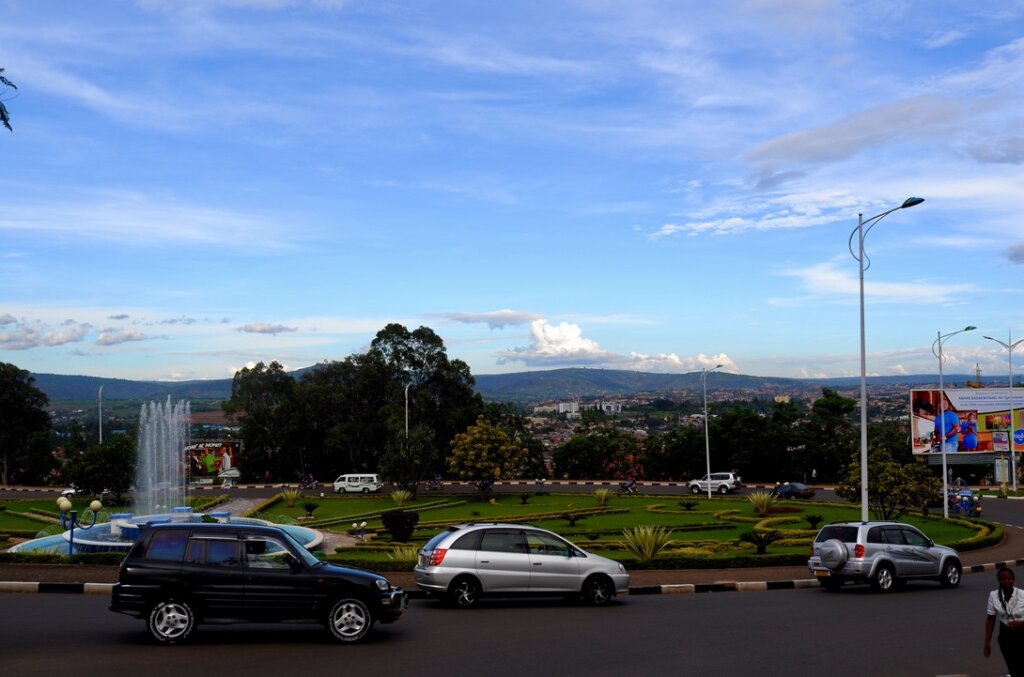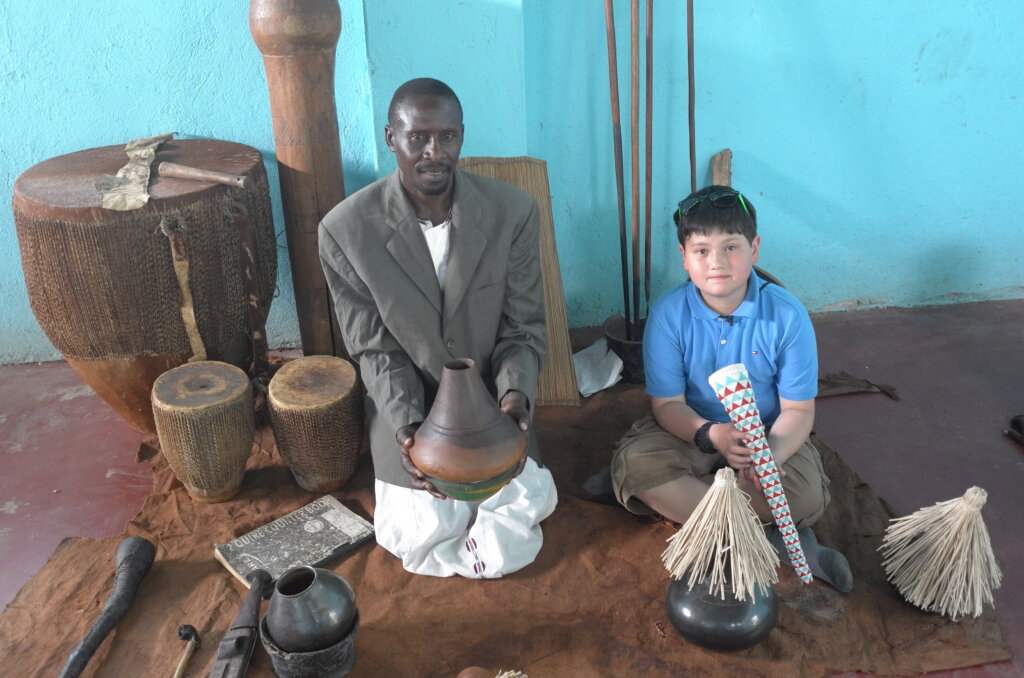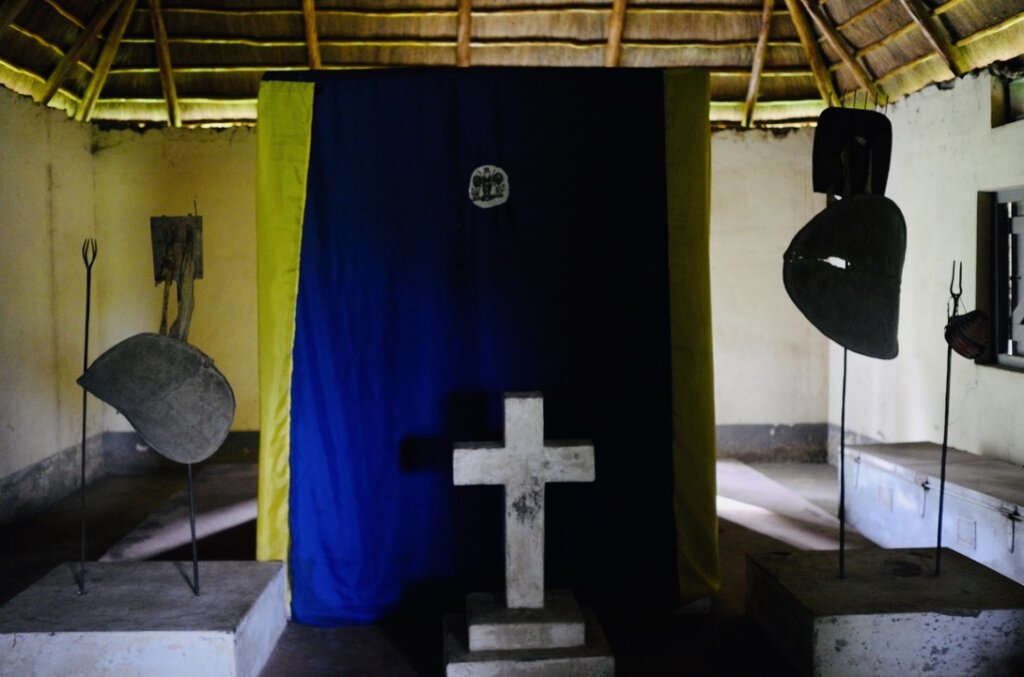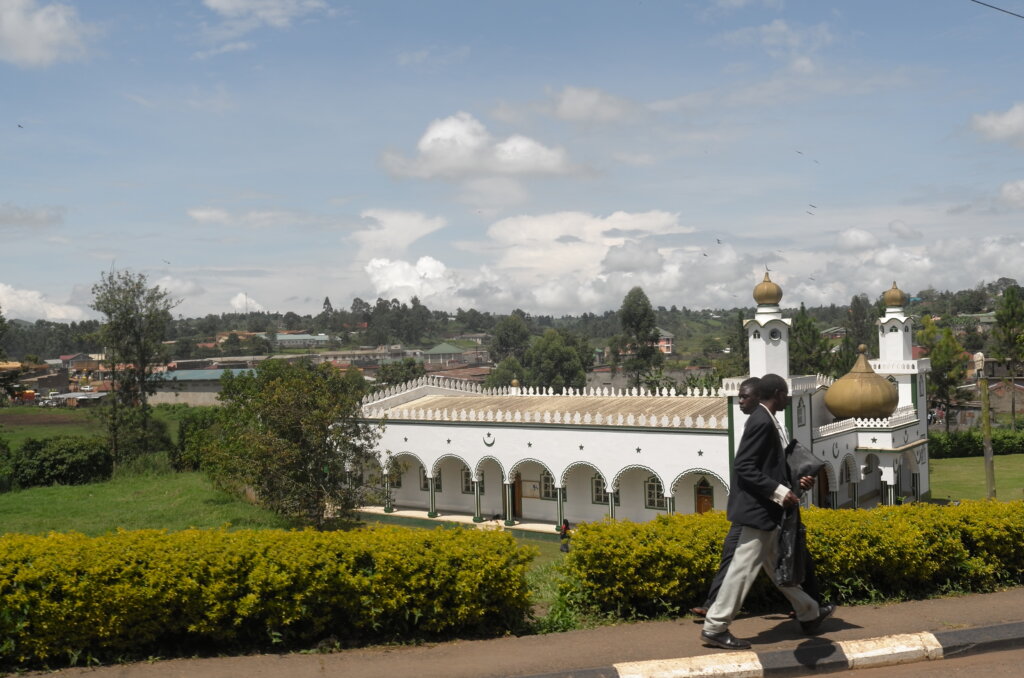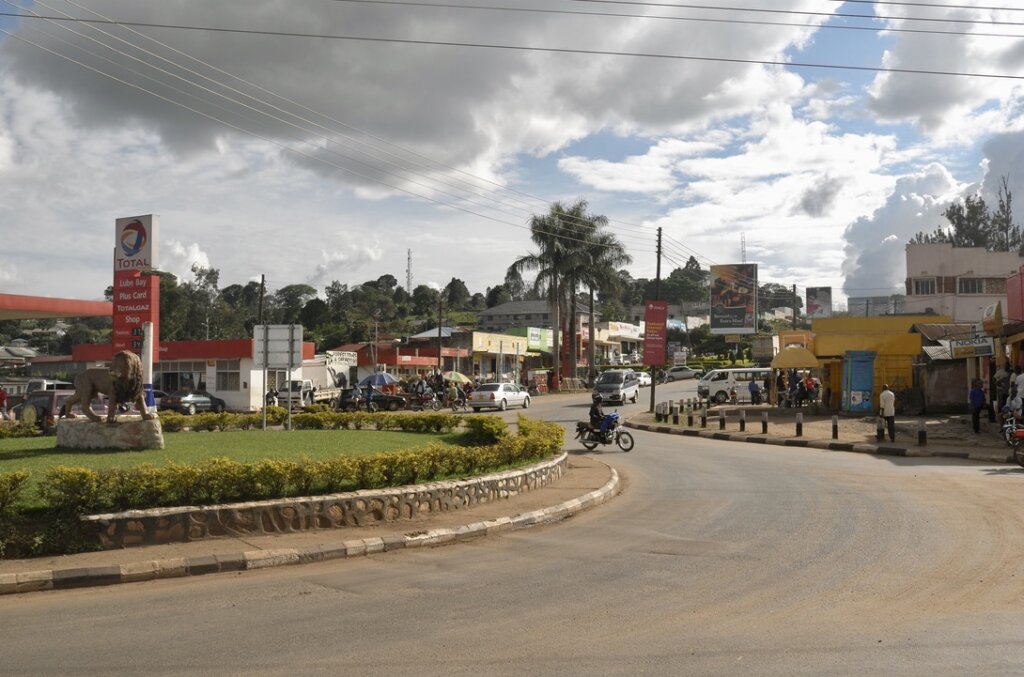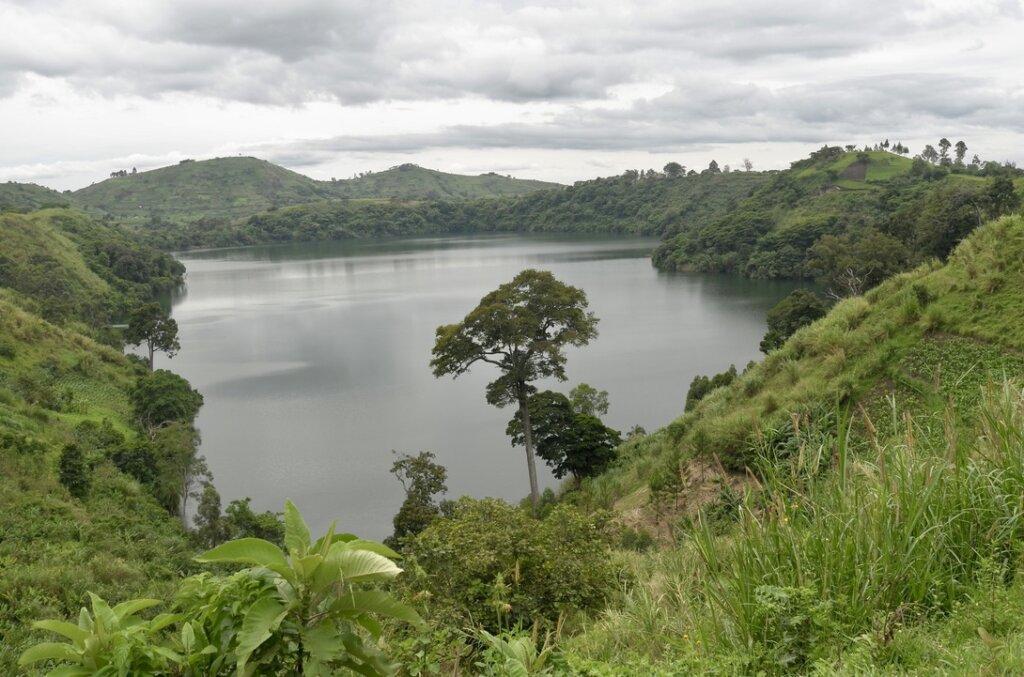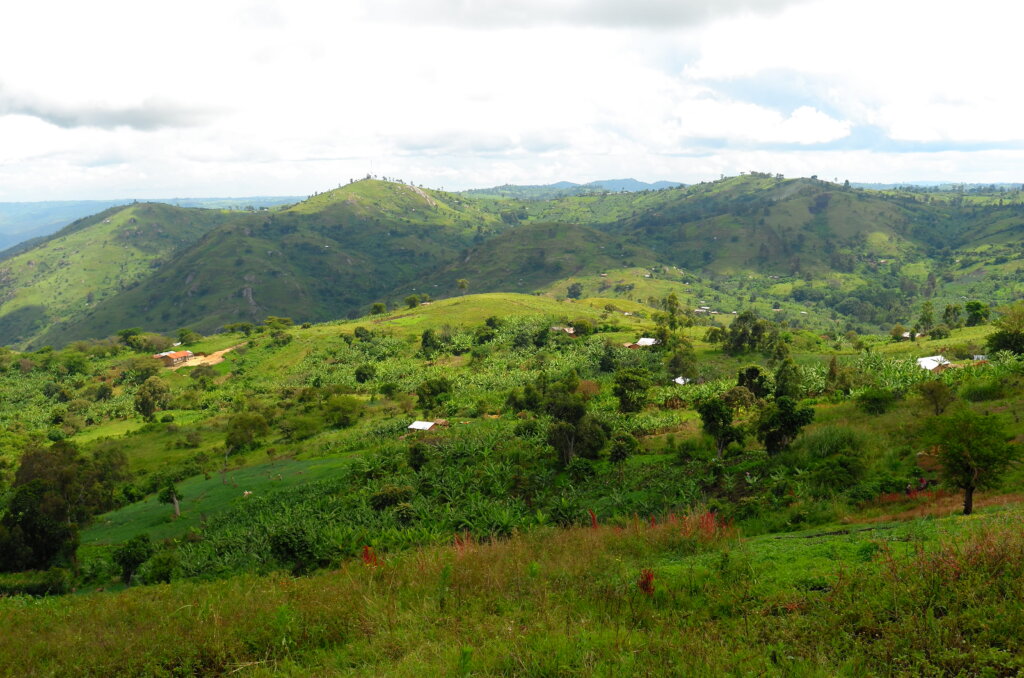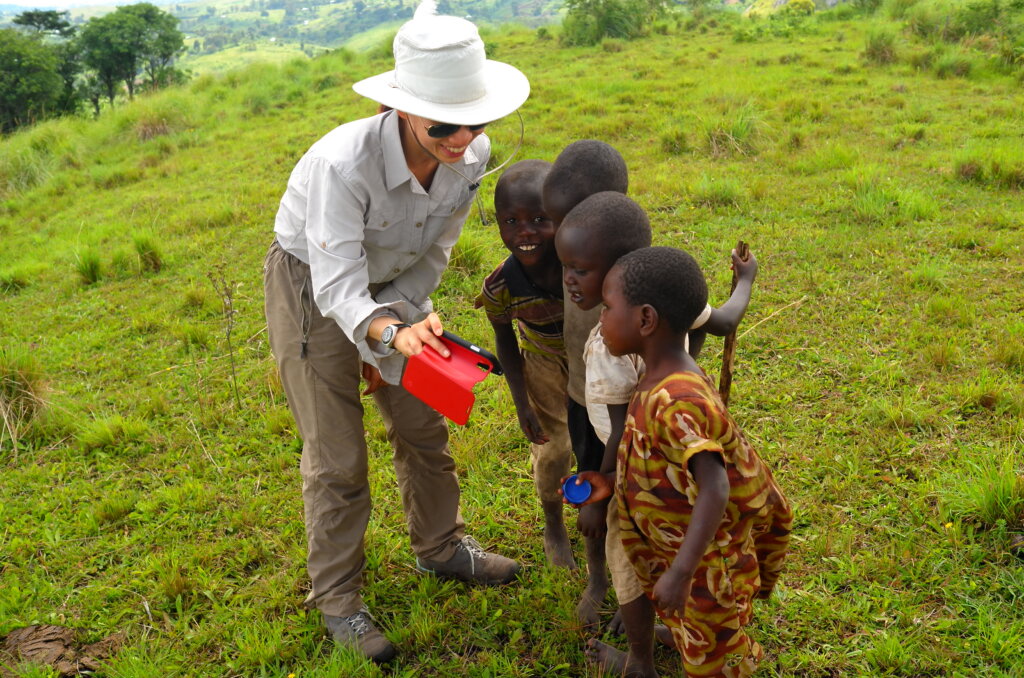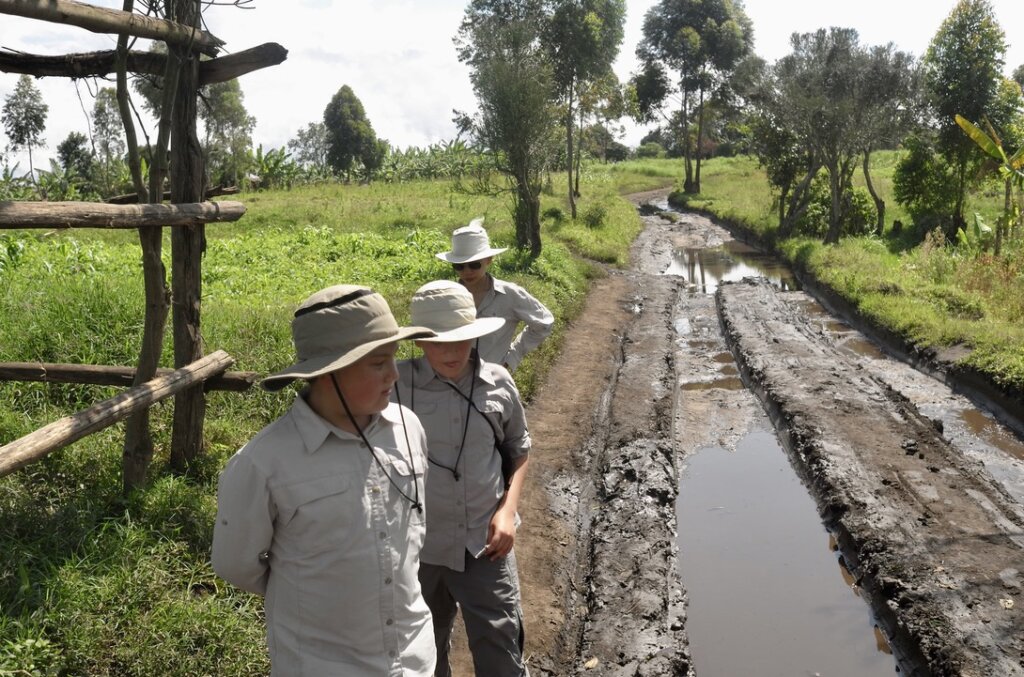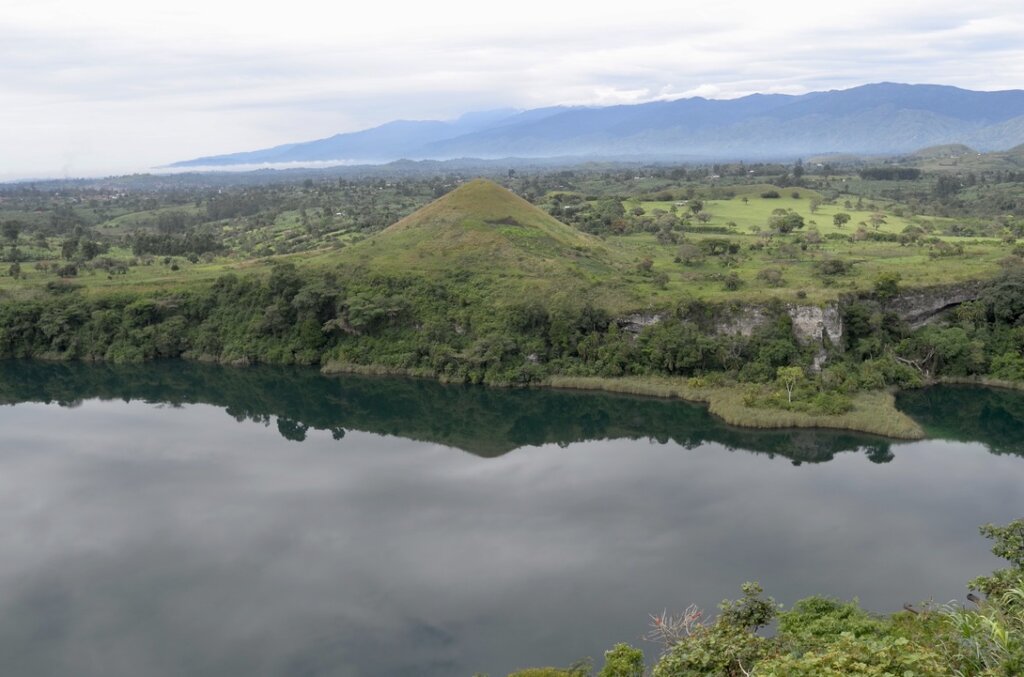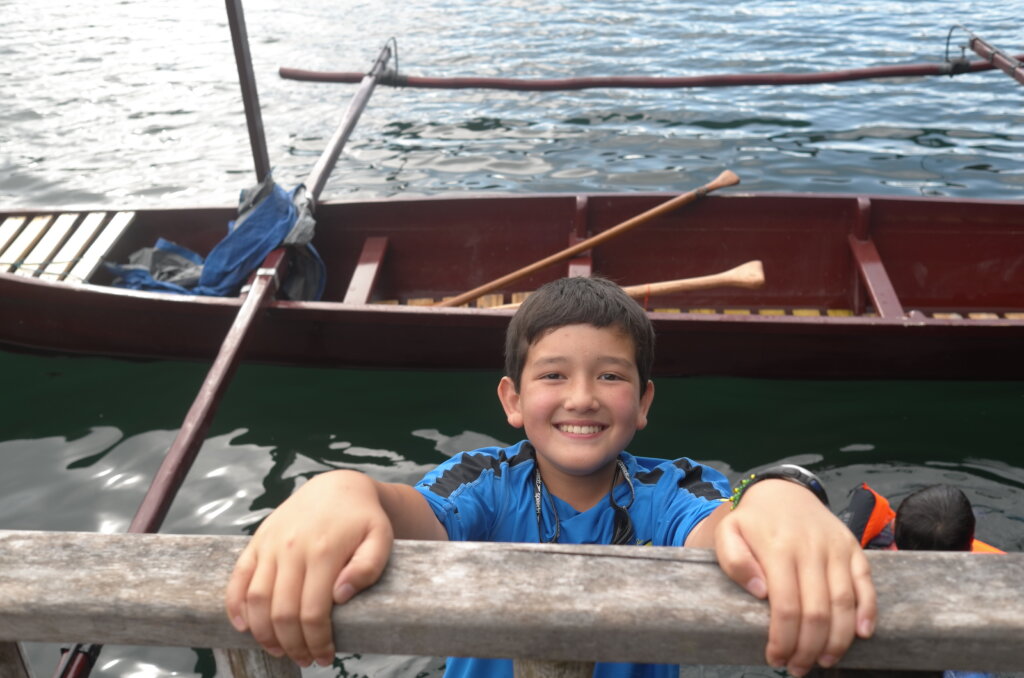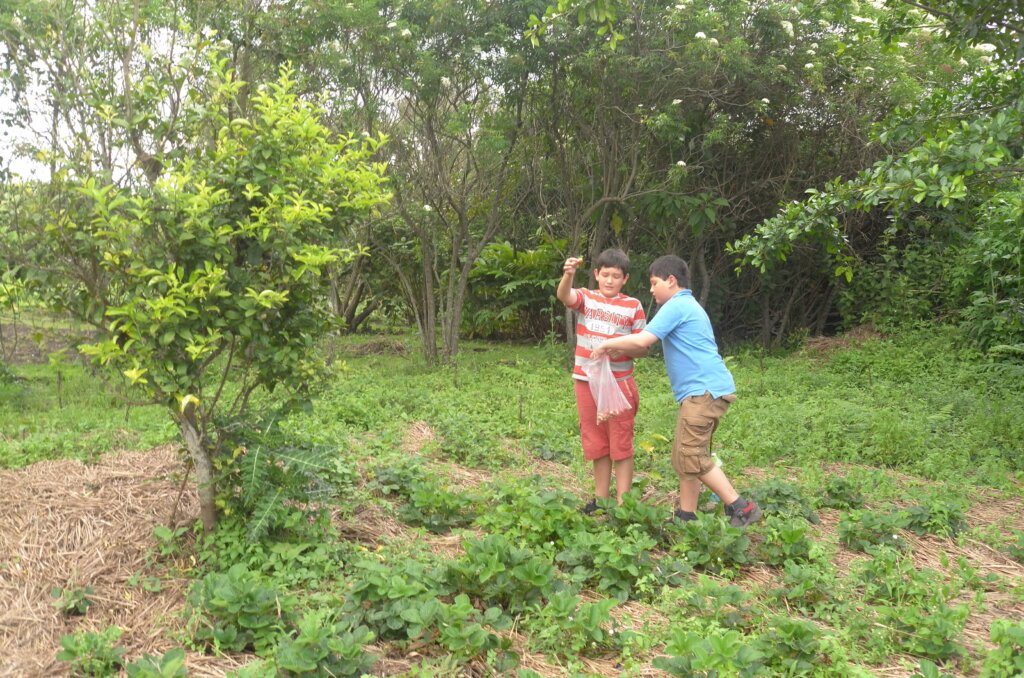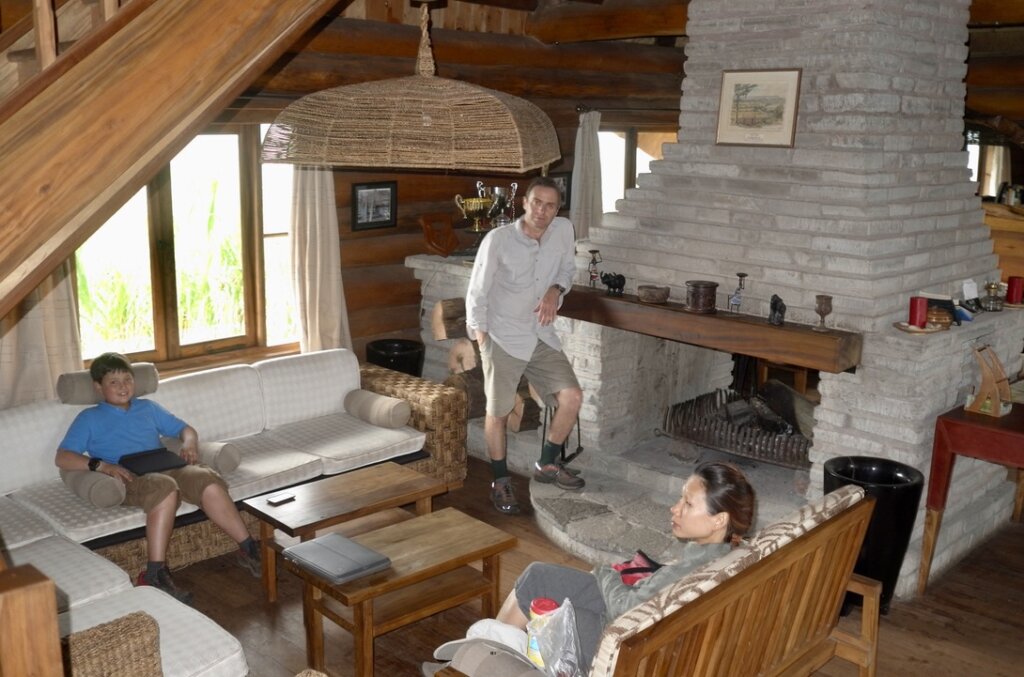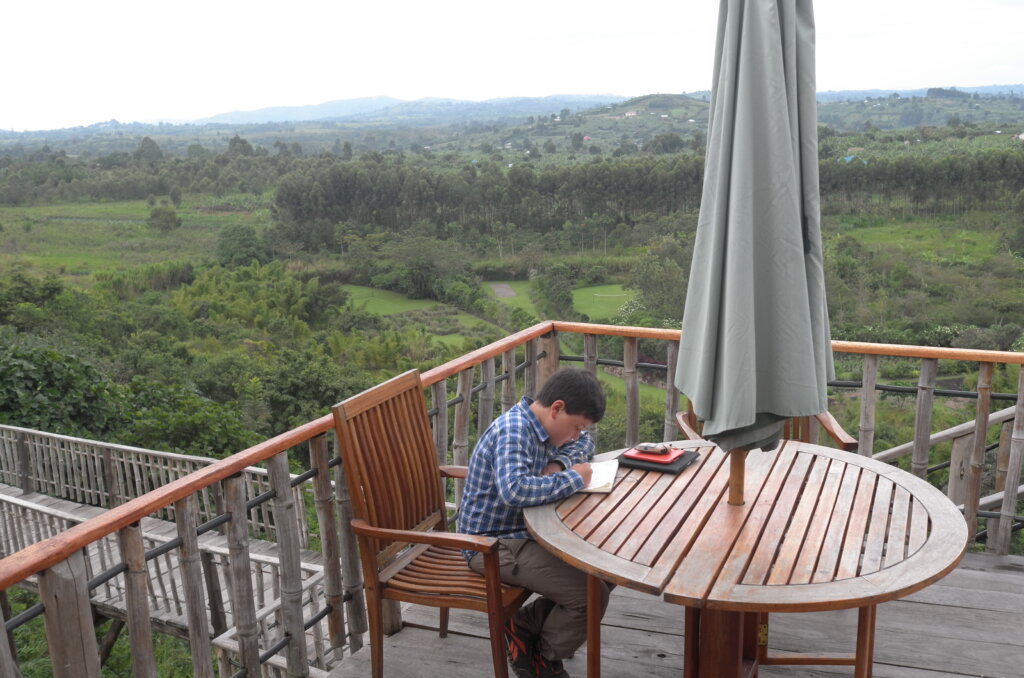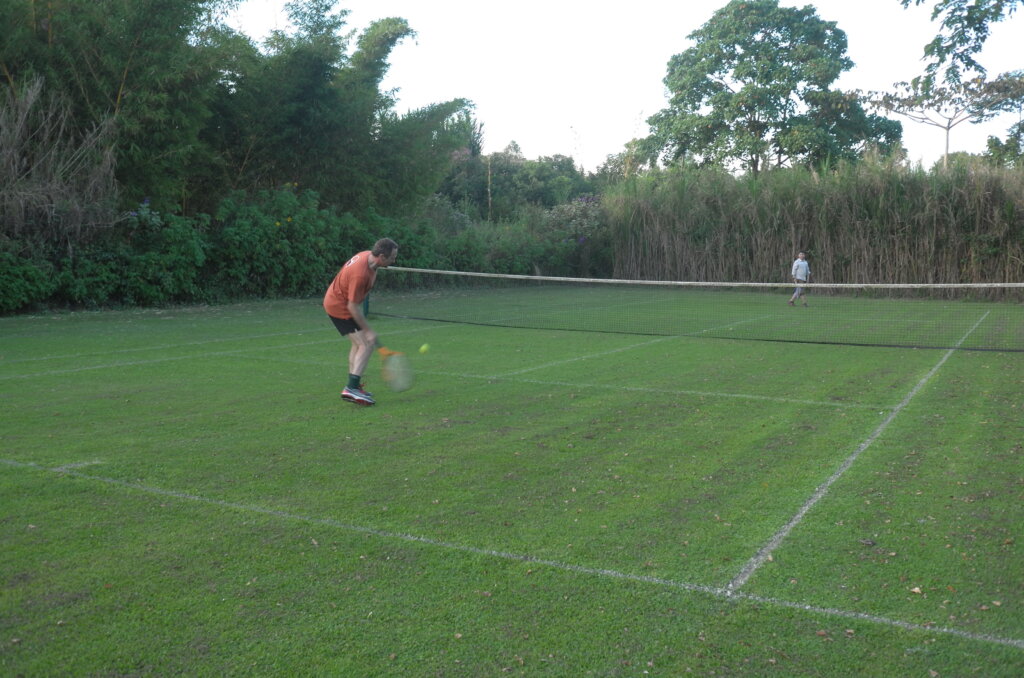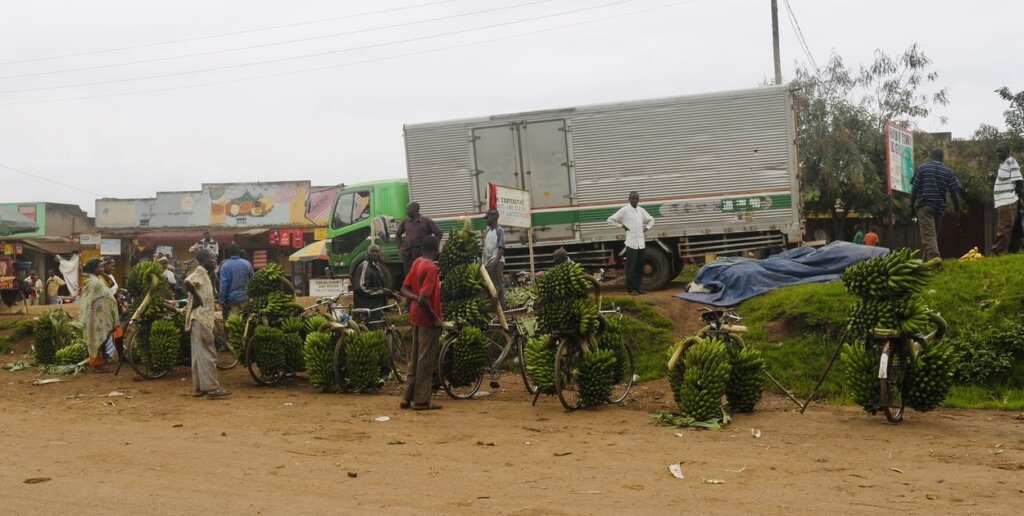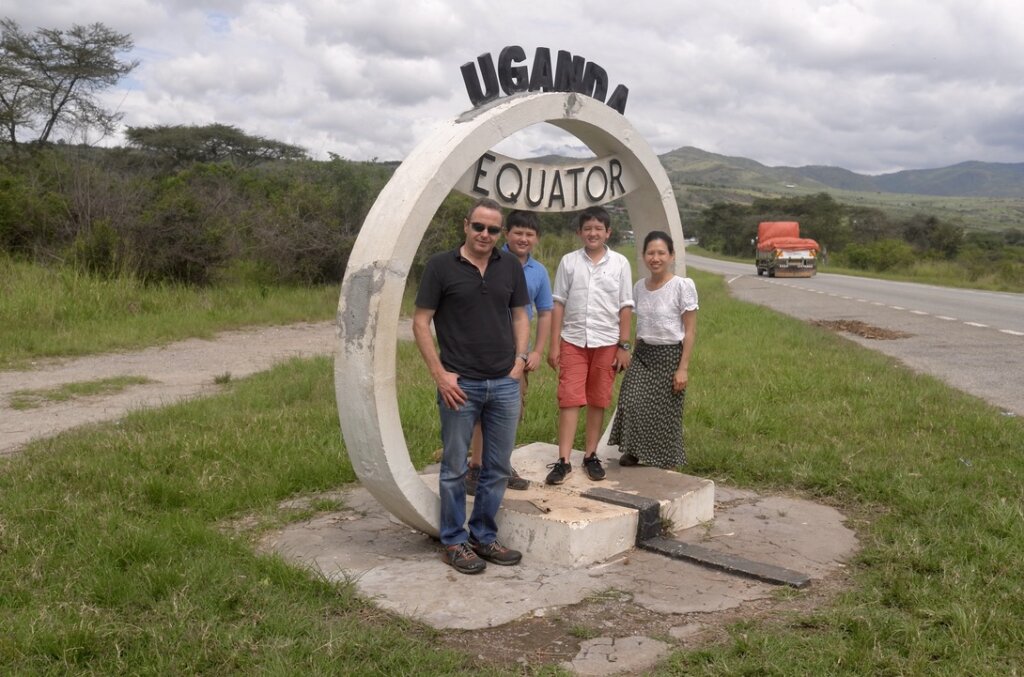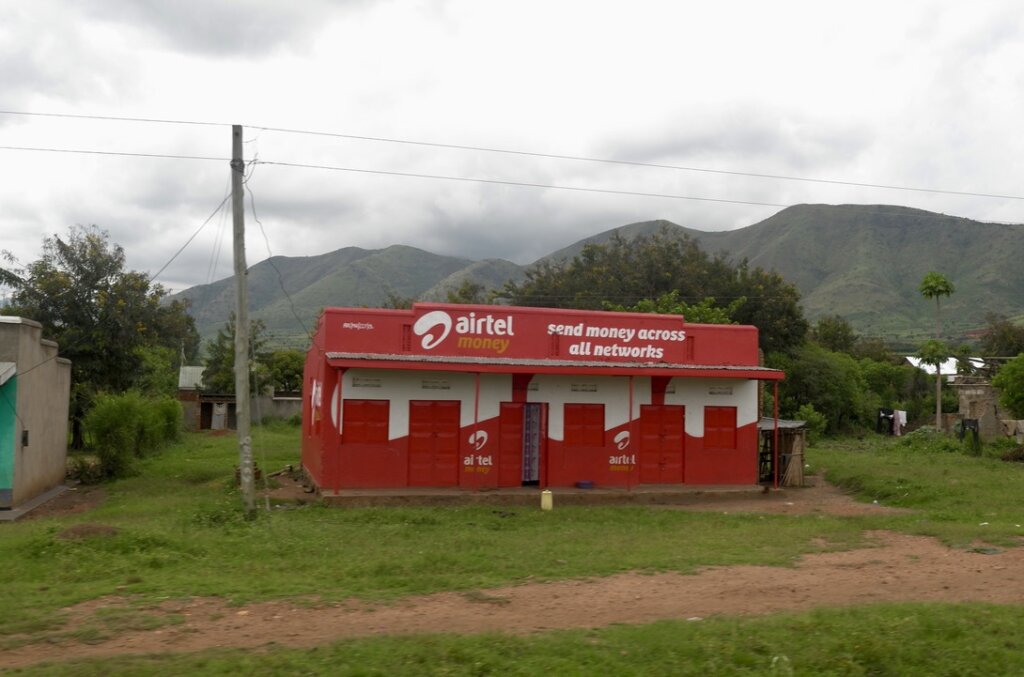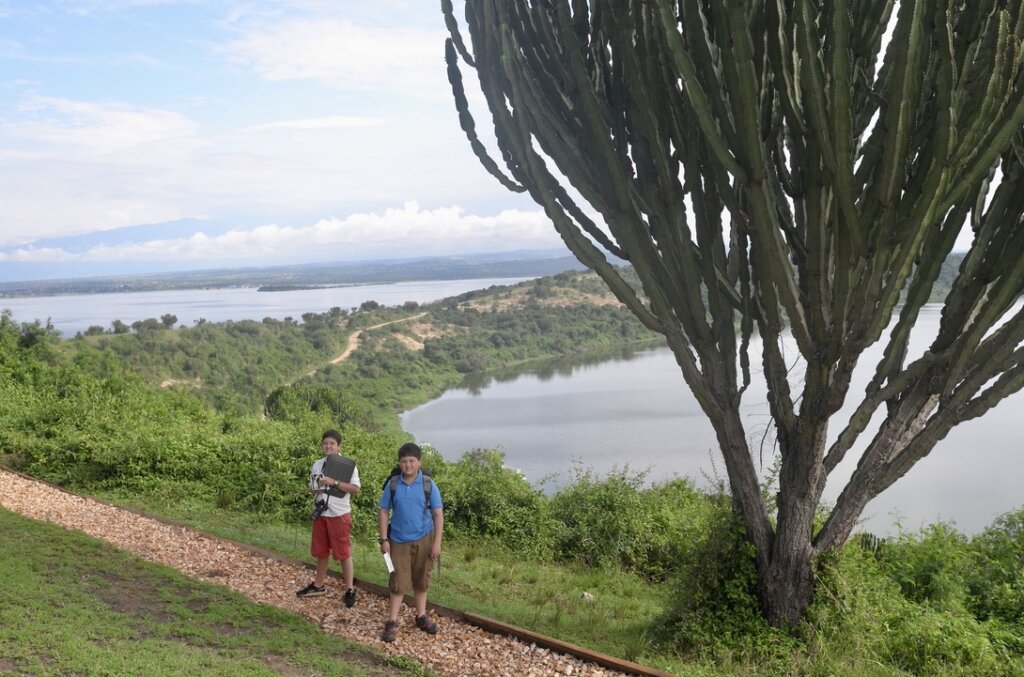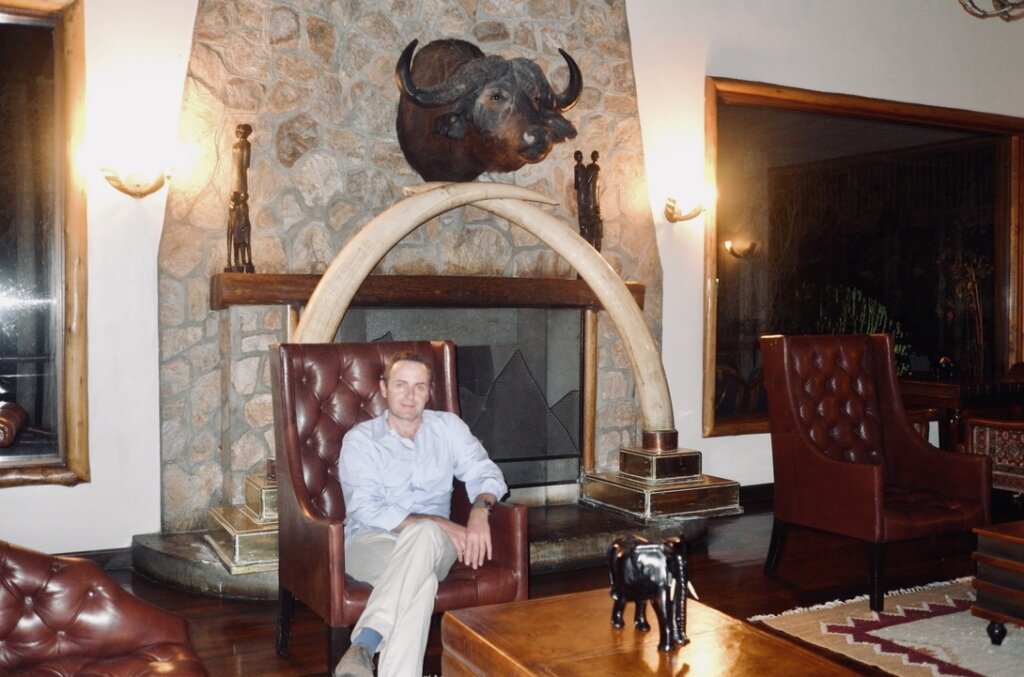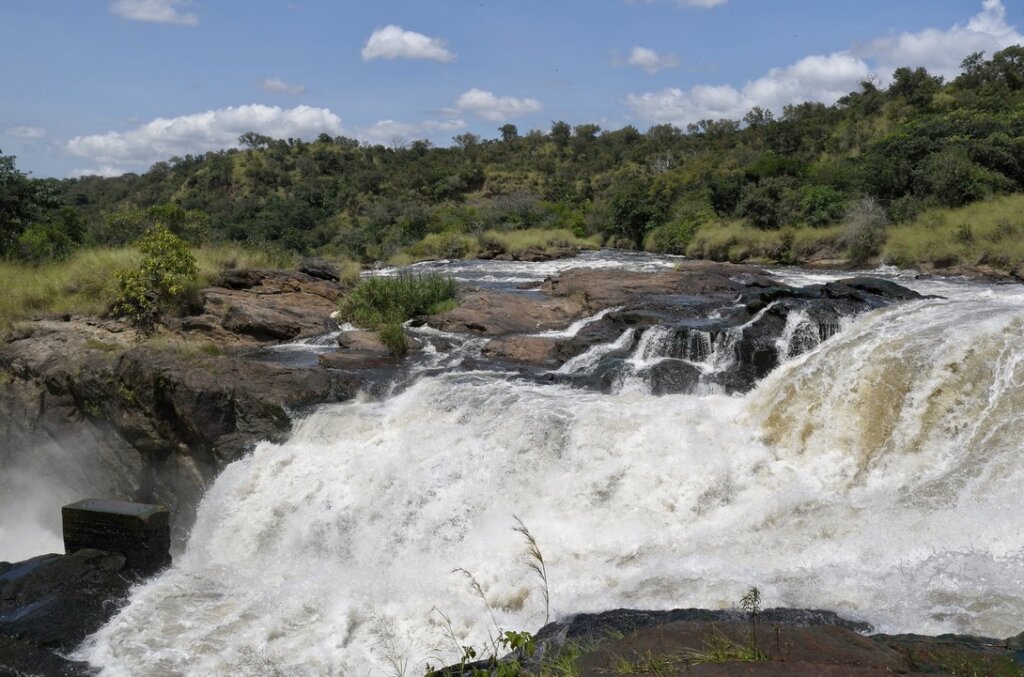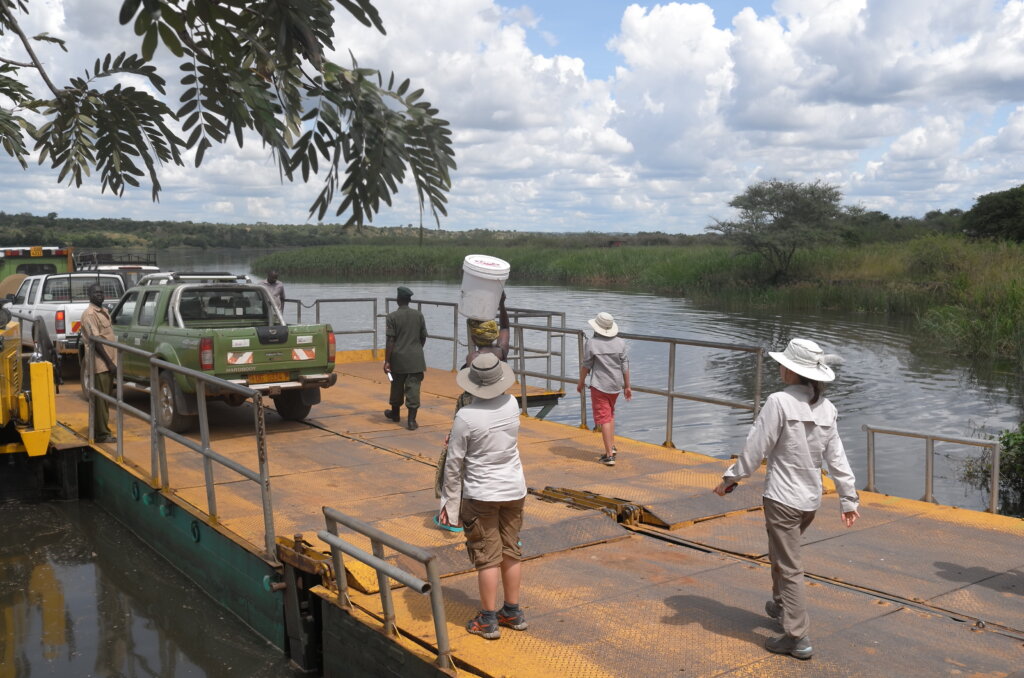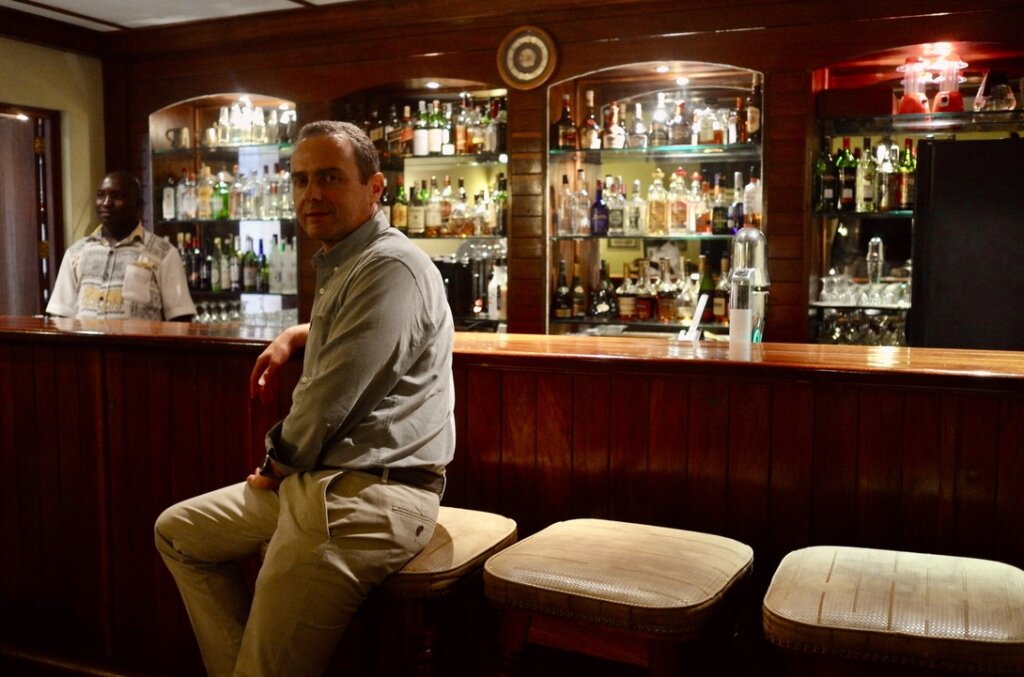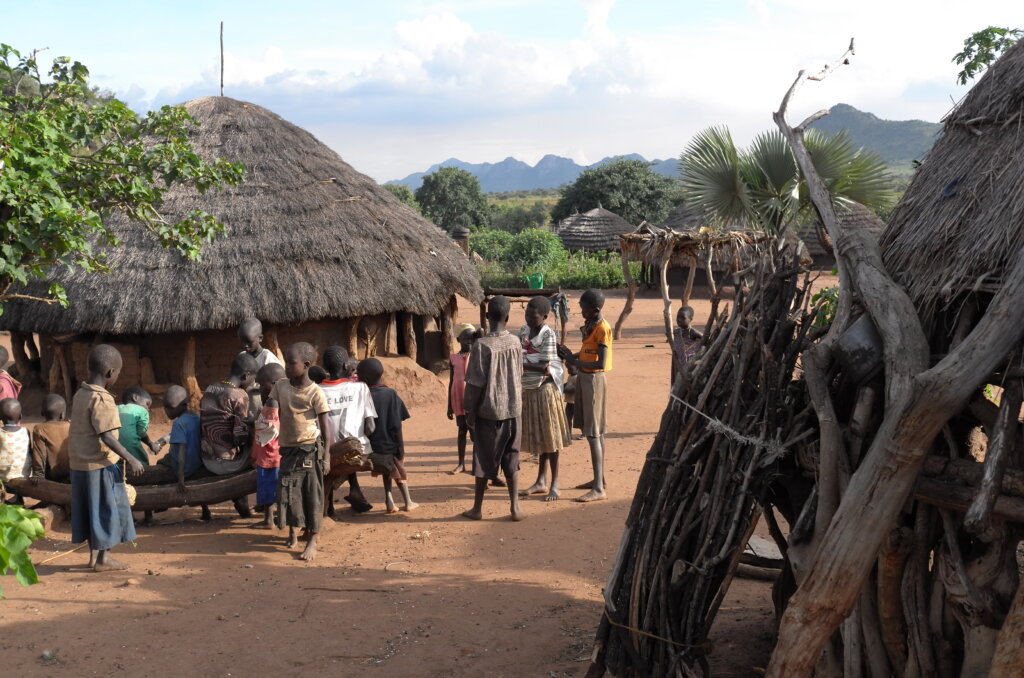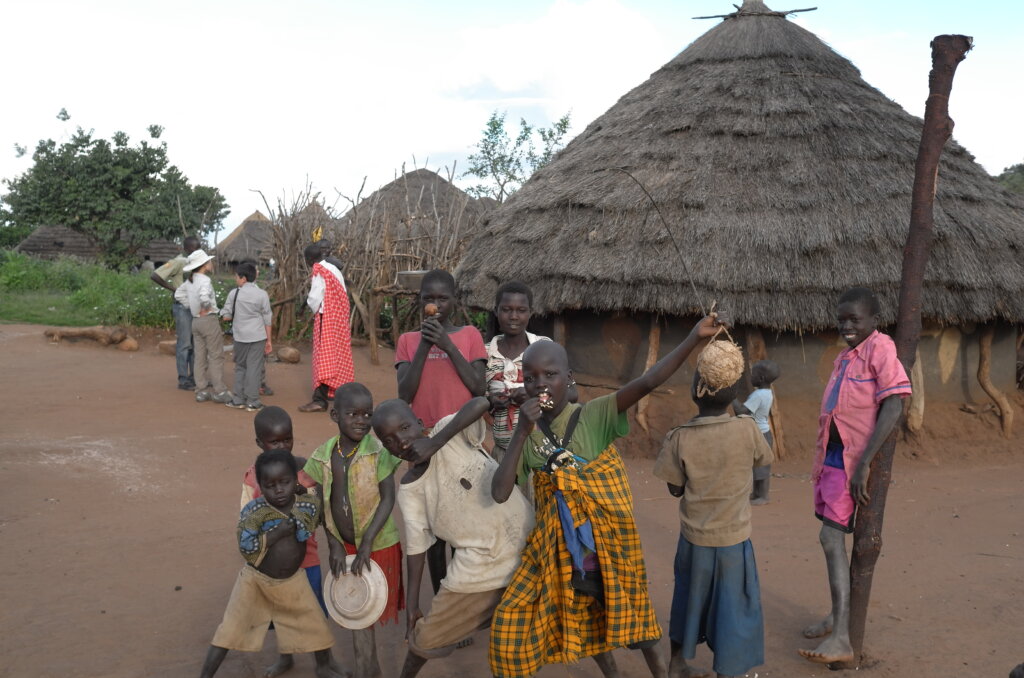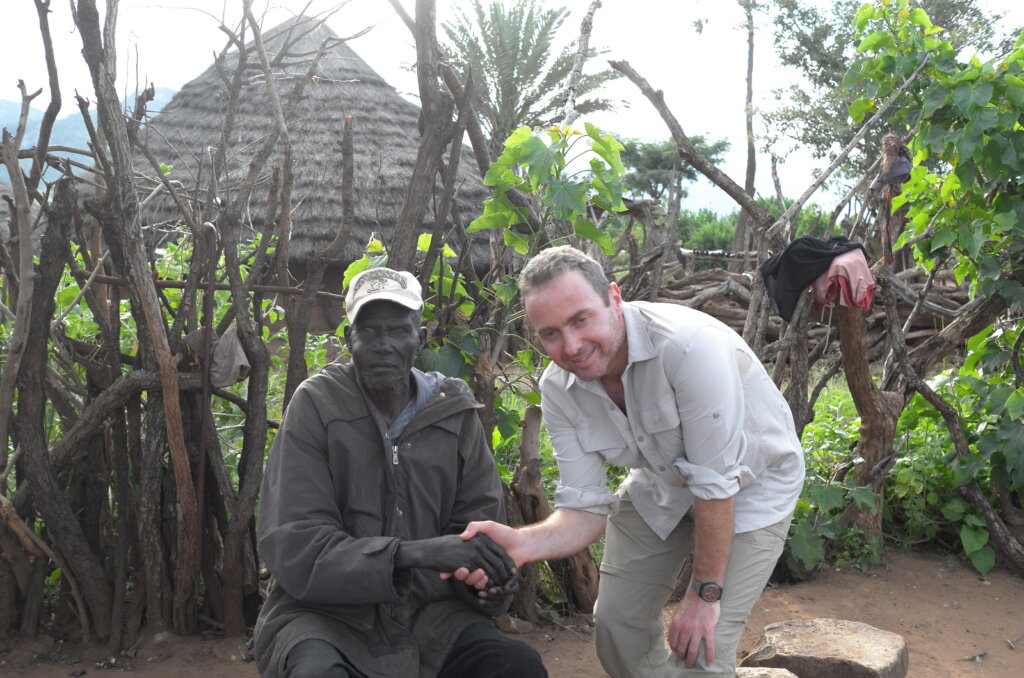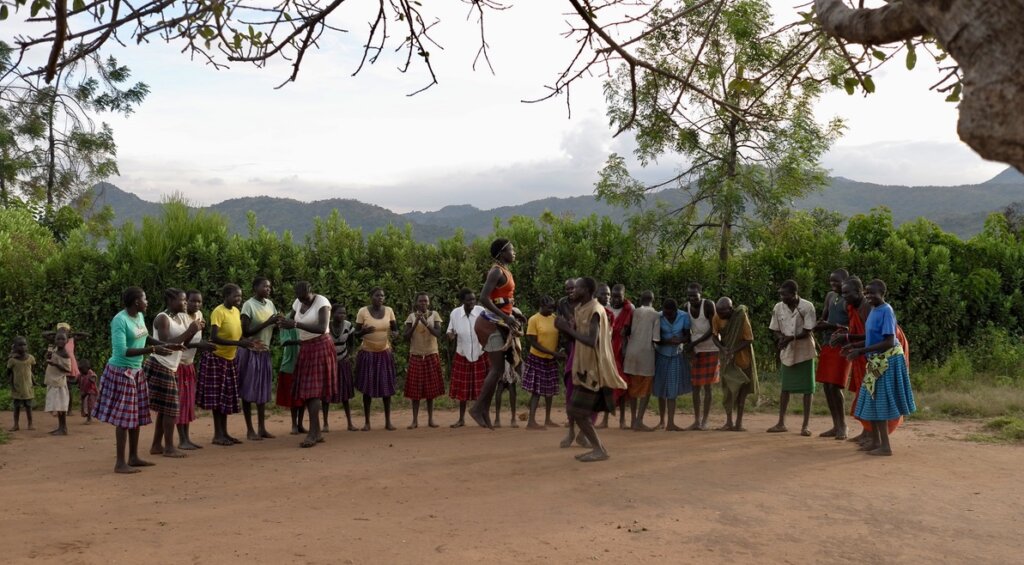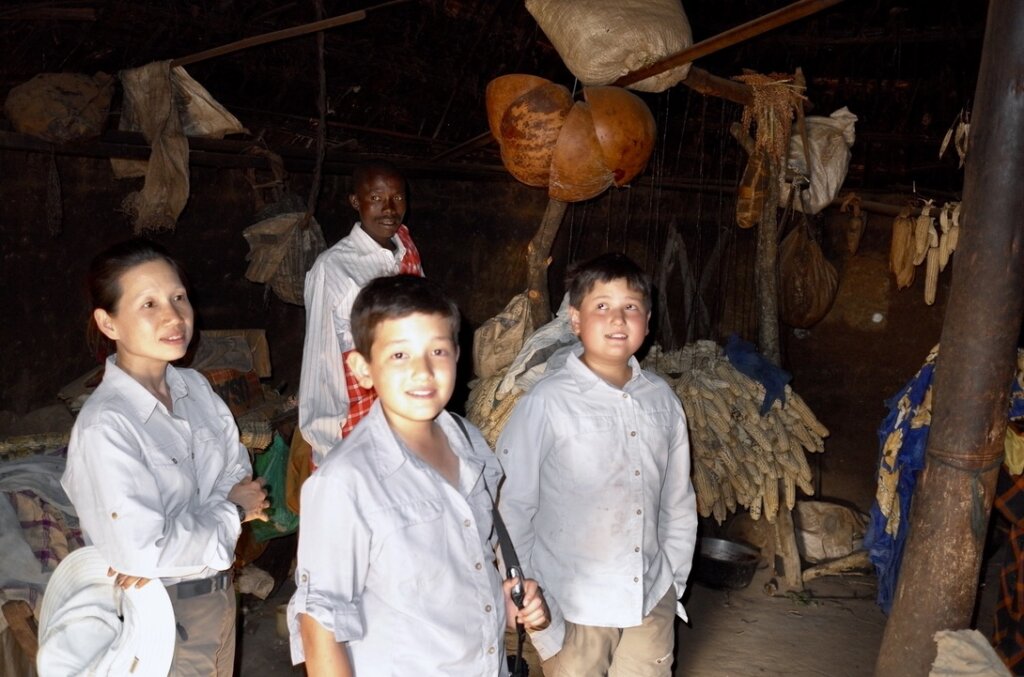The first hurdle in preparing our journey to Rwanda is to go completely plastic-free. Plastic (bags, especially) is banned from Rwanda, a rule which is strictly enforced at the borders. Customs searches which yield plastic bags typically lead to public humiliation and a lecture in front of one’s fellow travellers – a fate we would rather avoid. It is hard to imagine how many plastic bags of all sizes are needed of a year of travelling. And how few the substitutes are.
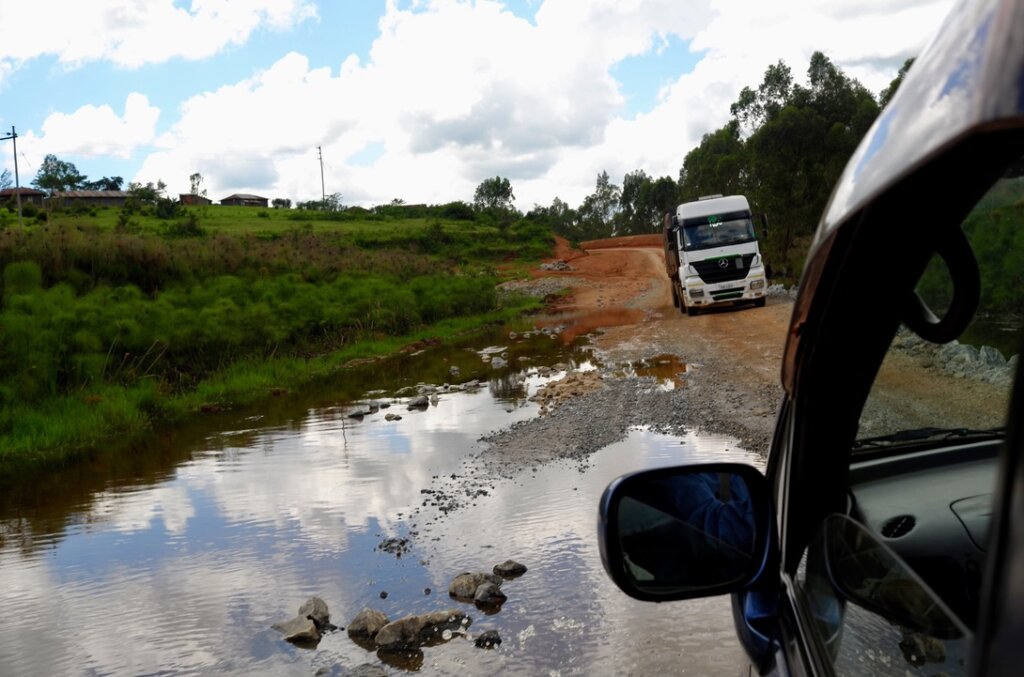
The Uganda-Rwanda border is a small group of low-rise huts and kiosks in the middle of a remote, dusty road. Exiting Uganda is fairly easy if somewhat disorganized. Our driver drops us off near a vaguely official looking building and then vanishes. We get our passports stamped and then walk across the border into the no man’s land, past a bored looking border guard, dodging trucks and motorcycles along the way.
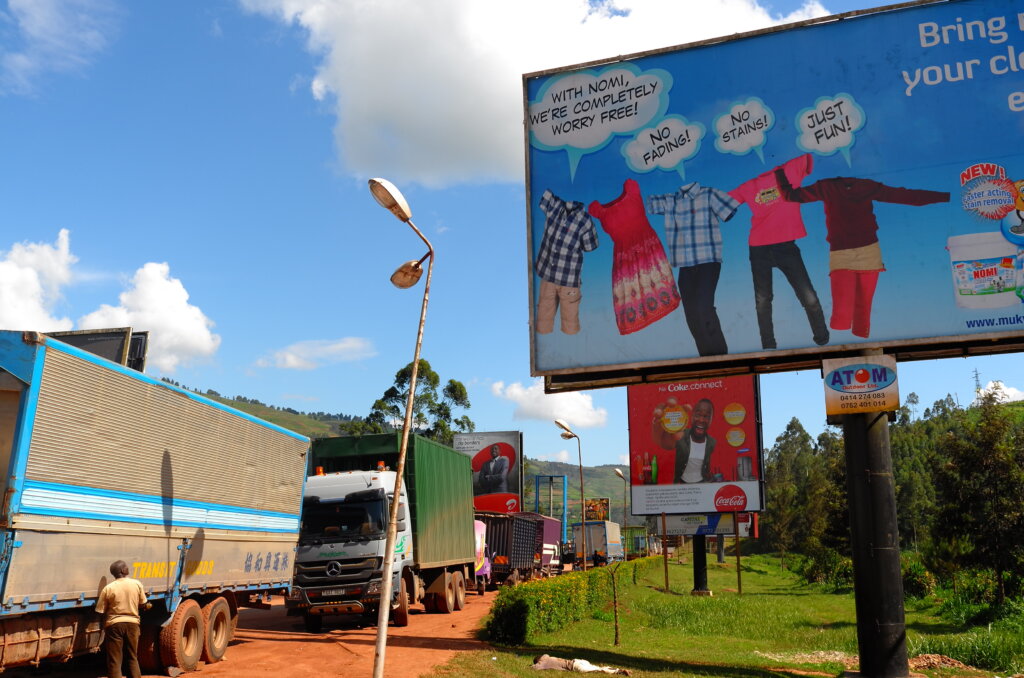
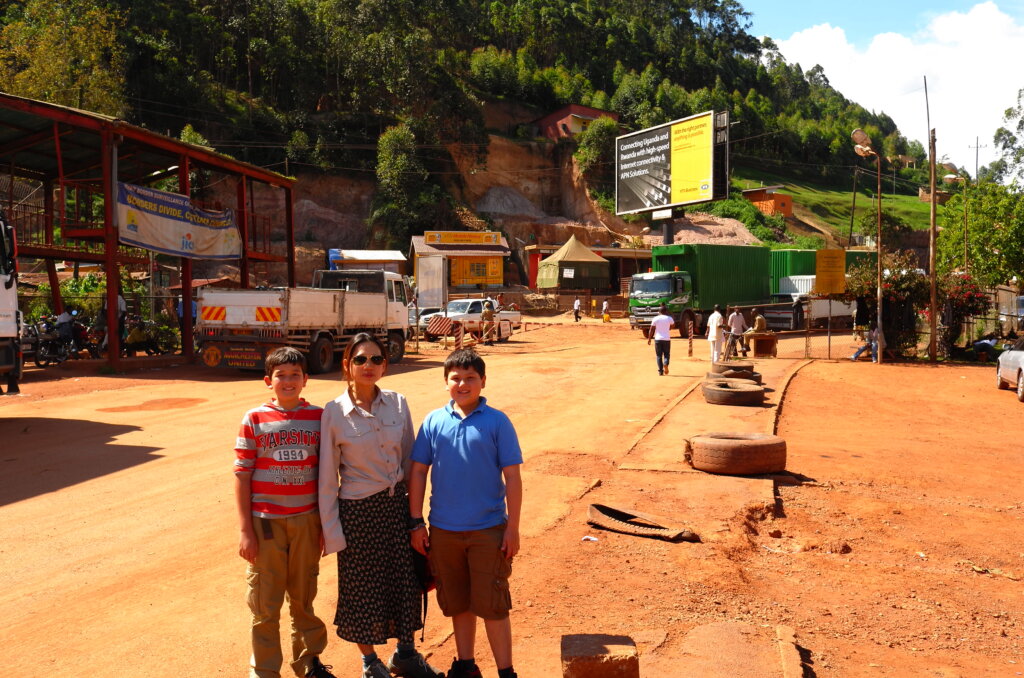
The Rwandese side is apparently more organized, with smart looking immigration officials in a small open air building with more computers than NASA Mission Control. After being sent from one hut to another and back again, we get through Immigration and finally set foot on Rwandan soil, about one hour after reaching the border.
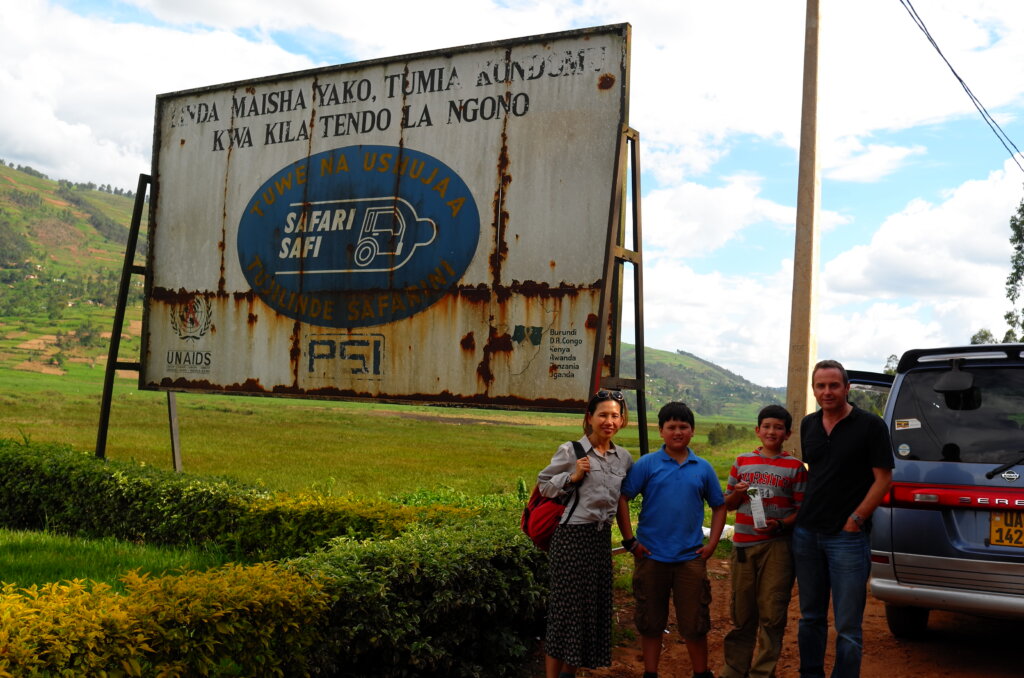
Rwanda feels a bit like an alternate reality of Uganda. Similar in appearance, but with subtle differences.
The landscape is green and hilly with terrace fields on either side of the border. And the people look similar. But all the rest is different. Where the Ugandan roads are pot-holed earth tracks, Rwanda has perfectly asphalted and landscaped roads. In Uganda, vehicles terrorize anything smaller than them off the road (cyclists, pedestrians, motorbikes), but in Rwanda they politely give way to them.
Ugandan roadworks just appear in the middle of a road, blocking traffic in a random way, while in Rwanda, they are set up with traffic controllers communicating with walkie talkies. And the garbage-littered roads of Uganda give way to spotlessly clean roads in Rwanda.
Nine hours after leaving Fort Portal, we finally reach Kigali, a city nestled among the hills which seems like a haven of peace, order and organization.
